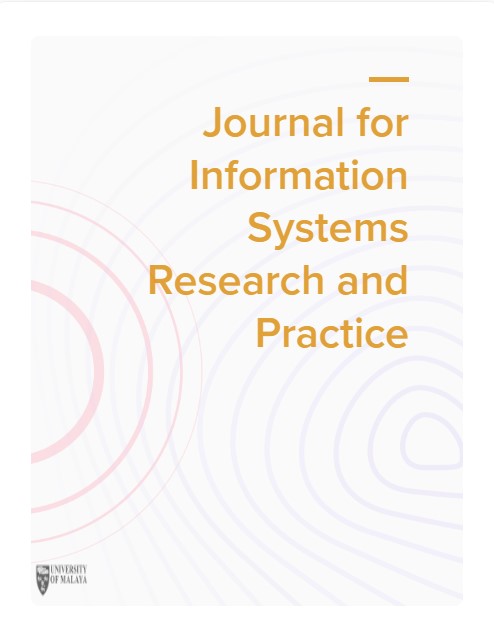Gabor Filter and Principal Component Analysis Method-based K-Nearest Neighbor for Orchid Flower Type Classification
Keywords:
Classification; Gabor Filter; K-NN; Orchid; Principal Component Analysis.Abstract
Orchid flowers are plants with highly diverse variations worldwide. Many orchid species appear visually similar, making visual identification less accurate. Therefore, more advanced scientific methods are required to distinguish and classify different orchid species accurately. This research aims to apply Principal Component Analysis (PCA) to classify orchid species using the K-Nearest Neighbor (K-NN) algorithm as the foundation for developing the model, supported by Gabor Filter techniques to extract features from the image dataset. The dataset used was obtained from an online dataset provider, Kaggle, and consists of 6,500 images. This dataset includes five orchid species: Cattleya, Dendrobium, Oncidium, Phalaenopsis, and Vanda. The data processing involves image augmentation, feature extraction using Gabor Filter, and PCA application for dimensionality reduction. The model evaluation results using the K-NN algorithm, Gabor Filter, and PCA demonstrate good performance with an accuracy of 95.69%, precision of 95.72%, recall of 95.77%, f1-score of 95.74%, and specificity of 98.92%. Additionally, the average Area Under the Curve (AUC) for the five classes is 97.35%, indicating that the model is highly effective in identifying and distinguishing various orchid species.
Downloads
Published
How to Cite
Issue
Section
License
Copyright (c) 2024 Journal of Information Systems Research and Practice

This work is licensed under a Creative Commons Attribution-ShareAlike 4.0 International License.





